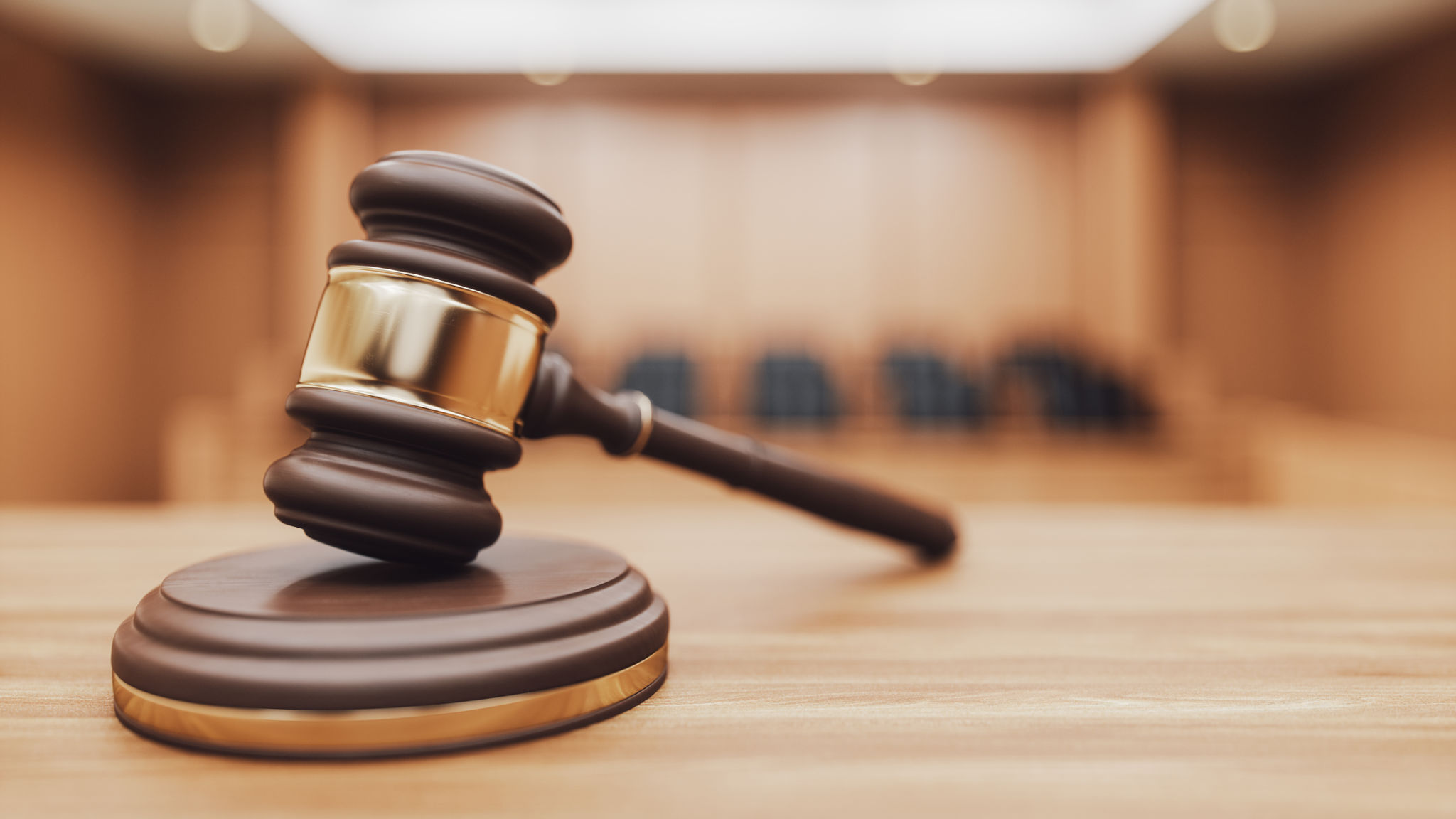Legal Transcription vs. Court Reporting: Understanding the Differences
Introduction to Legal Transcription and Court Reporting
In the legal field, precision and accuracy are paramount. Two critical roles that ensure the integrity of legal proceedings are legal transcription and court reporting. While they may seem similar, there are distinct differences between these two professions. Understanding these differences can help legal professionals choose the right service for their needs.
Both legal transcriptionists and court reporters are responsible for creating accurate records of legal proceedings. However, the way they perform their tasks differs significantly. This blog post aims to explore these differences and highlight the unique aspects of each profession.

What is Legal Transcription?
Legal transcription involves converting audio recordings of legal proceedings into written documents. These audio recordings can include depositions, hearings, and other legal meetings. The transcriptionist listens to the audio and types out every spoken word, ensuring that the written document is a verbatim account of the recording.
Legal transcriptionists often work in an office setting and may not be present during the actual proceedings. They rely on high-quality audio recordings to create accurate transcripts. This role requires excellent listening skills, attention to detail, and a strong command of legal terminology.
The Role of Technology in Legal Transcription
Technology plays a significant role in legal transcription. Transcriptionists use advanced software to enhance audio quality and increase transcription speed. Some may also use speech recognition software to assist in the transcription process. However, human oversight is crucial to ensure accuracy, as software can sometimes misinterpret words, especially in complex legal contexts.

Understanding Court Reporting
Court reporting, on the other hand, involves creating a real-time written record of legal proceedings as they happen. Court reporters are present in the courtroom or deposition setting and use specialized equipment such as stenotype machines to transcribe spoken words quickly and accurately.
The role of a court reporter is critical in providing immediate access to transcripts, which can be essential for judges and attorneys during trials. Court reporters often have extensive training in shorthand and must be able to type at high speeds while maintaining accuracy.
Different Methods of Court Reporting
There are several methods of court reporting, including stenographic, voice writing, and electronic reporting. Stenographic reporting is the most traditional method and involves using a stenotype machine to capture spoken words in shorthand. Voice writers speak into a specialized mask and repeat everything said during proceedings, which is then transcribed. Electronic reporting uses digital audio equipment to record the proceedings, which are later transcribed.

Choosing Between Legal Transcription and Court Reporting
When deciding between legal transcription and court reporting, consider the specific needs of the legal proceeding. If a real-time record is necessary, such as during a trial, court reporting is the better option. However, for non-urgent situations where a detailed review of audio recordings is possible, legal transcription may be more suitable.
Each role plays an essential part in the legal system, ensuring that accurate records are maintained. Understanding these differences can help legal professionals make informed decisions and leverage the right service for their specific requirements.
Conclusion
Both legal transcription and court reporting are vital to maintaining the integrity and accuracy of legal records. Despite their differences, each profession requires a high level of skill, attention to detail, and a deep understanding of legal terminology. By appreciating the unique aspects of each role, legal professionals can better decide which service best suits their needs.